ZACUTO DSLR BASEPLATE
I’ve been hyper critical of Zacuto on my own blog over the last 12 months and the main reason for this has been what I perceived to be a lack of understanding of the real value proposition of DSLRs. Zacuto’s gear is high-end and it’s expensive and yet they’ve been one of the biggest names championing the technology with their ‘Shootout’ series going on to win awards and their high profile relationship with Philip Bloom, the godfather of DSLR filmmaking. If Zacuto made a ‘budget’ range I think they’d clean up. But they don’t, at least not yet. For all my criticism Zacuto were kind enough to let me try their Double Barrel rig and I’m still evaluating the shoulder rig as I write this, but consider me a somewhat chastised limey blogger. The gear is good.
At the heart of the Double Barrel lies Zacuto’s DSLR baseplate and this is one bit of kit that has been with me on every shoot I’ve done in the last two weeks. Why? I love it. Zacuto has a reputation for making the toughest, best-engineered, highest-quality components and this particular piece of kit lives up to that reputation in spades. Let’s start backwards, with the price. It’s $420. Ouch. You can buy a lens for that money right? Actually you can buy a lot for that but, while I’m not going to try and justify that cost to you I will try and explain why, for me, the price is something I would be willing to pay to keep it.
The DSLR baseplate is effectively a mounting system to get your camera on rails so you can mount a follow focus or matte box to the front of your camera. The camera mounts to a plate which then slots onto the main mount via a quick release mechanism. That mechanism is the best of its kind I’ve ever seen. A quick turn of the chunky red handle and the camera locks in place, solidly and quickly. None of that annoying reaching around underneath for a screw, no rattling around on the mechanism, it’s solid and it’s fast and it’s very secure. I really like this. I’m often switching quickly between shooting stills and shooting video and being able to lift the camera out fast and snap, then attach it back to the rig is handy. You can also mount another plate to the quick release meaning you could easily switch to a monopod or other mounting system like on a slider. Again, this I really like. Speed and efficiency are really important to me.
Going back to the whole DSLR baseplate you’ve now got a multitude of mounting options. The two supplied rails protrude from the front and can be raised or lowered on the stage. There are a further 6 possible mounting options for rails protruding out of the lower stage at the front, two on each side and two out the back. The side ones can be locked in place with an alan key while the rear and front are simply screw-in threads. You can tell Zacuto have done their homework because any accessory you mount to the side rods would rotate the rods out of the threads while the front and rear rods don’t have this problem. Kudos.
I have mine mounted with two rods on the bottom stage for mounting a bracket for my monitor and I can mount and dismount this without ever having to remove the follow focus. I usually have one side bar mounted with my Switronix Powerbase but I’ll probably purchase an additional two longer rods to mount out the back so the battery can sit on the rails behind the camera.
So, why do I love this so much? Simple: solidity and flexibility. It’s a really simple piece of kit but it fulfils so many needs and it has a tiny footprint. Normally, building your camera high off the tripod makes it much more unstable and you should be keeping your whole setup as low as possible so it’s easy to operate on the tripod. Even though the baseplate builds the camera up off the tripod head it feels absolutely rock solid. That quick release mechanism is a joy and having the multitude of mounting options means I can effectively put everything just where I want it with minimum fuss and this really make my life a lot easier.
In professional, everyday shooting life this small bit of kit has been a revelation. I’ve built little systems out of kit from Cambo, Shoot35 and Redrock Micro but this is the only DSLR baseplate I’ve used that really clicked. It would pay for itself in two weeks if only in terms of time saved on shoots. Zacuto gear is modular and you can gradually build up the parts you need over time. The system is built around 15mm rods so you can hunt around for the best deal on these but the plate itself is really good. But with one caveat.
The quick release mechanism supporting the camera is really well-engineered, you can lock it really tight but, because the surface area holding the camera in place is so small there is a problem. The weight of the camera hangs out in front and with a heavy lens like a 70-200 2.8 you are dealing with an enormous amount of leverage being applied against that mechanism. The result is that the camera can nod up and down quite easily. Why is this a problem. Well, it’s a problem because the Zacuto follow focus engages to the side of the lens. With undamped stills camera lenses this has a dramatic effect with the barrel of the lens moving up and down as you pull focus. The longer the lens the more dramatic the effect. Using a follow focus that mounts underneath, such as the Cambo unit, removes this problem. The Zacuto follow focus was designed long before DSLRs came out so it’s unreasonable to expect them to completely redesign the unit for DSLRs but if you’re going to pair the two together, or indeed work with any follow focus that engages from the side, then this is something you’re going to have to get used to. Using damped modified lenses like a Zeiss ZF the effect was less pronounced.
So, is it worth the money? I can’t possibly tell you that. All I know is that it’s the best unit of its type (caveat aside) that I’ve ever used and it’s now an ever-present in my kit bag. It’s like that essential item that you never knew you needed until you can’t live without it. Would I buy one myself? Yes I would. Would I recommend you buy one? No, but I’d recommend trying one for a day. That’s all I would ever recommend, if you like it, then drop the cash. I hate endorsing expensive gear when the whole DSLR community is built around smart, cost-effective solutions, but it’s definitely definitely worth a look. Fair?


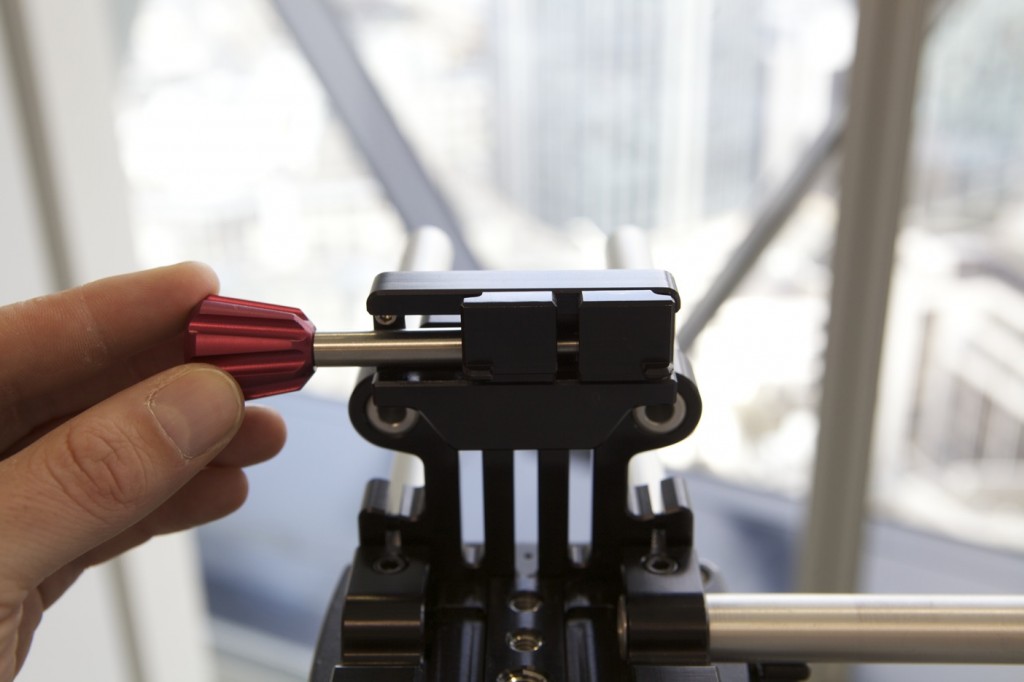
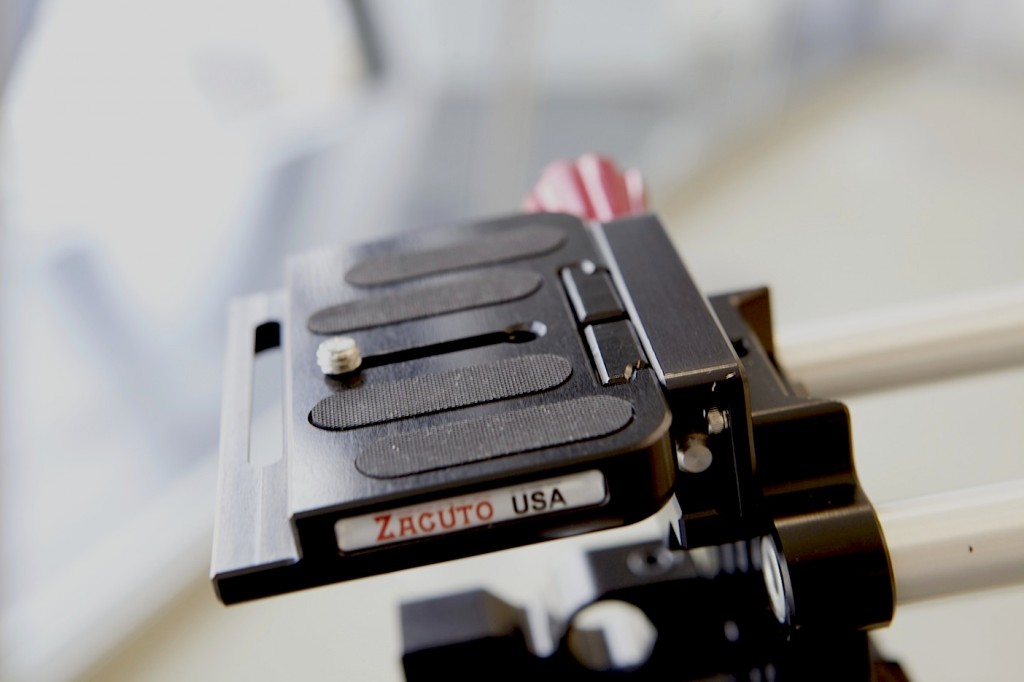
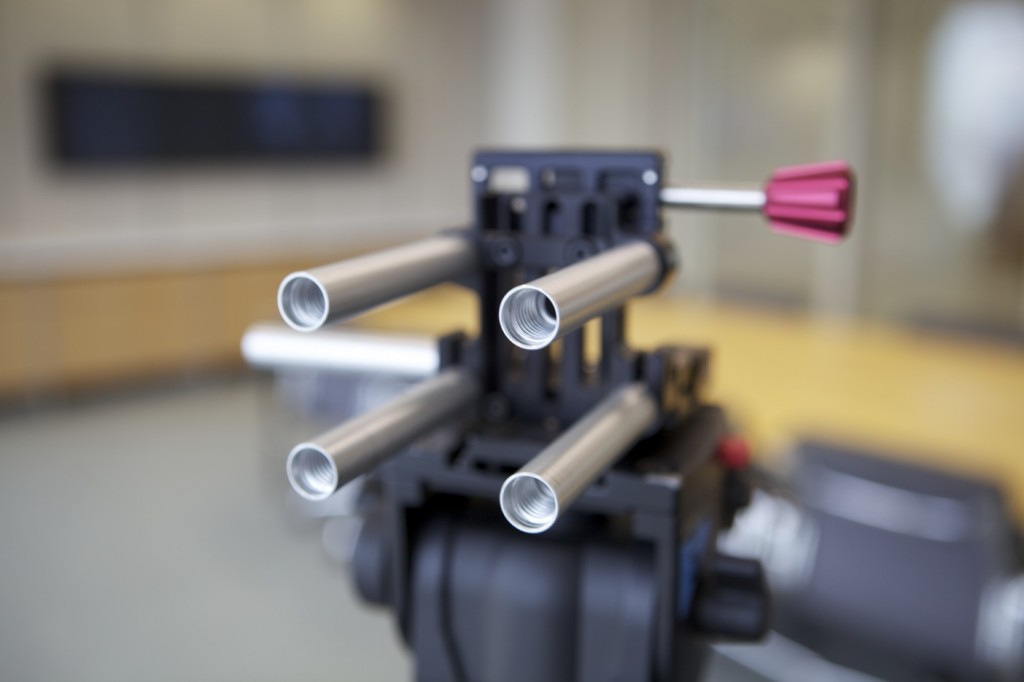
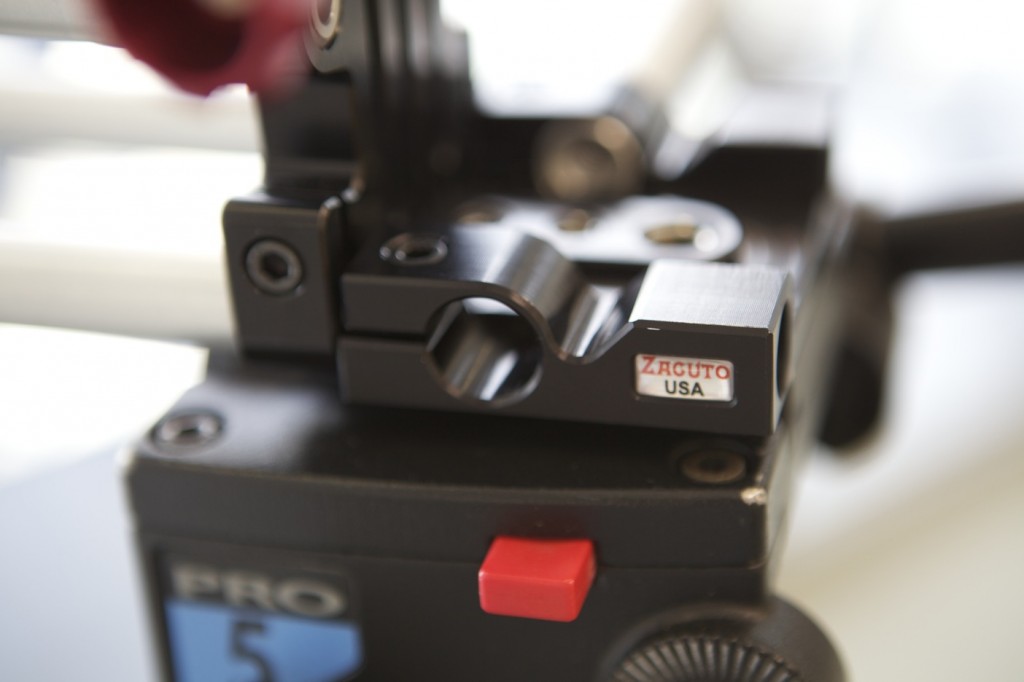






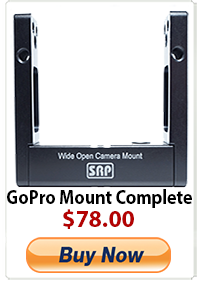



Pingback: Zacuto baseplate | 557w12th